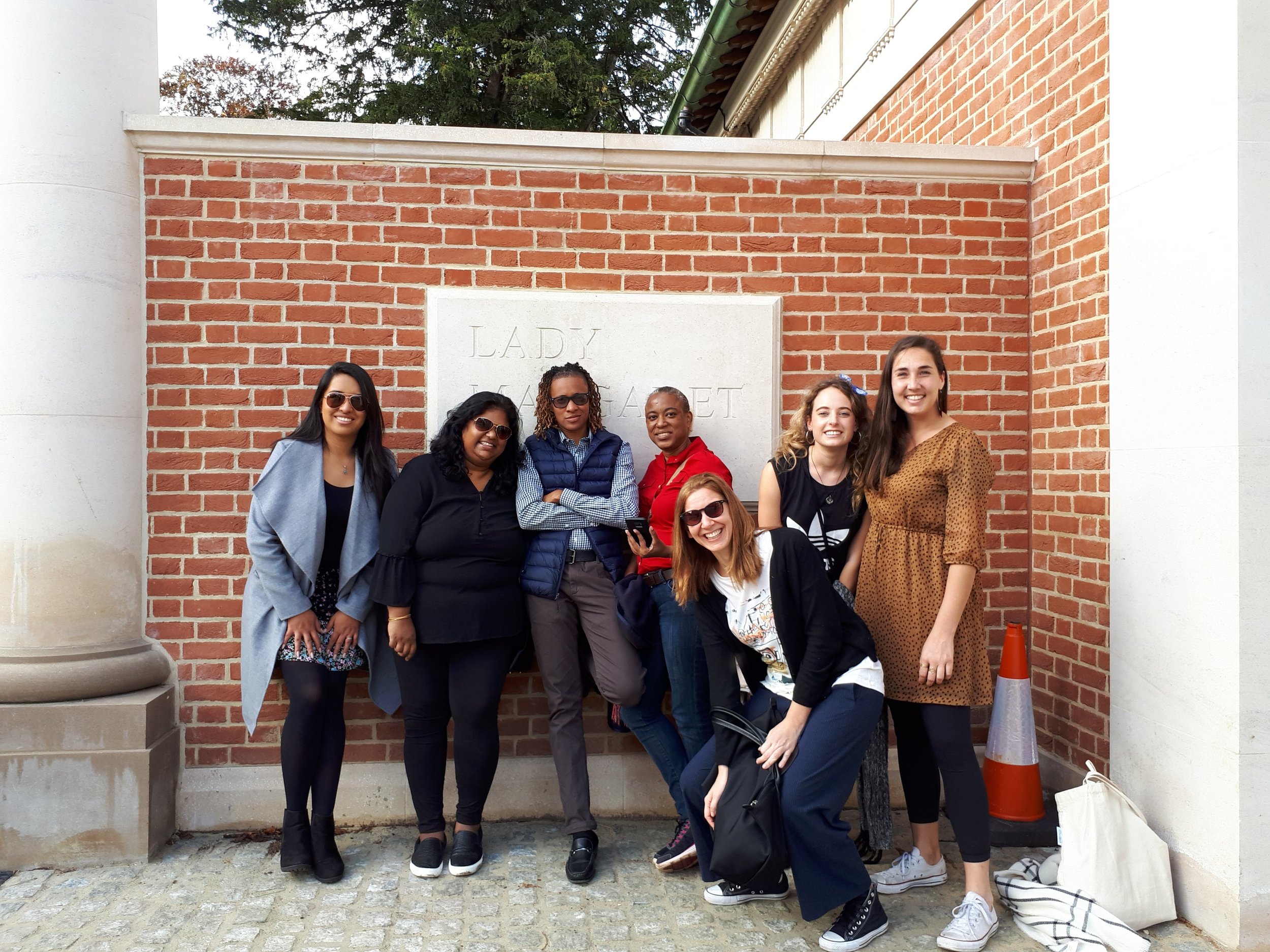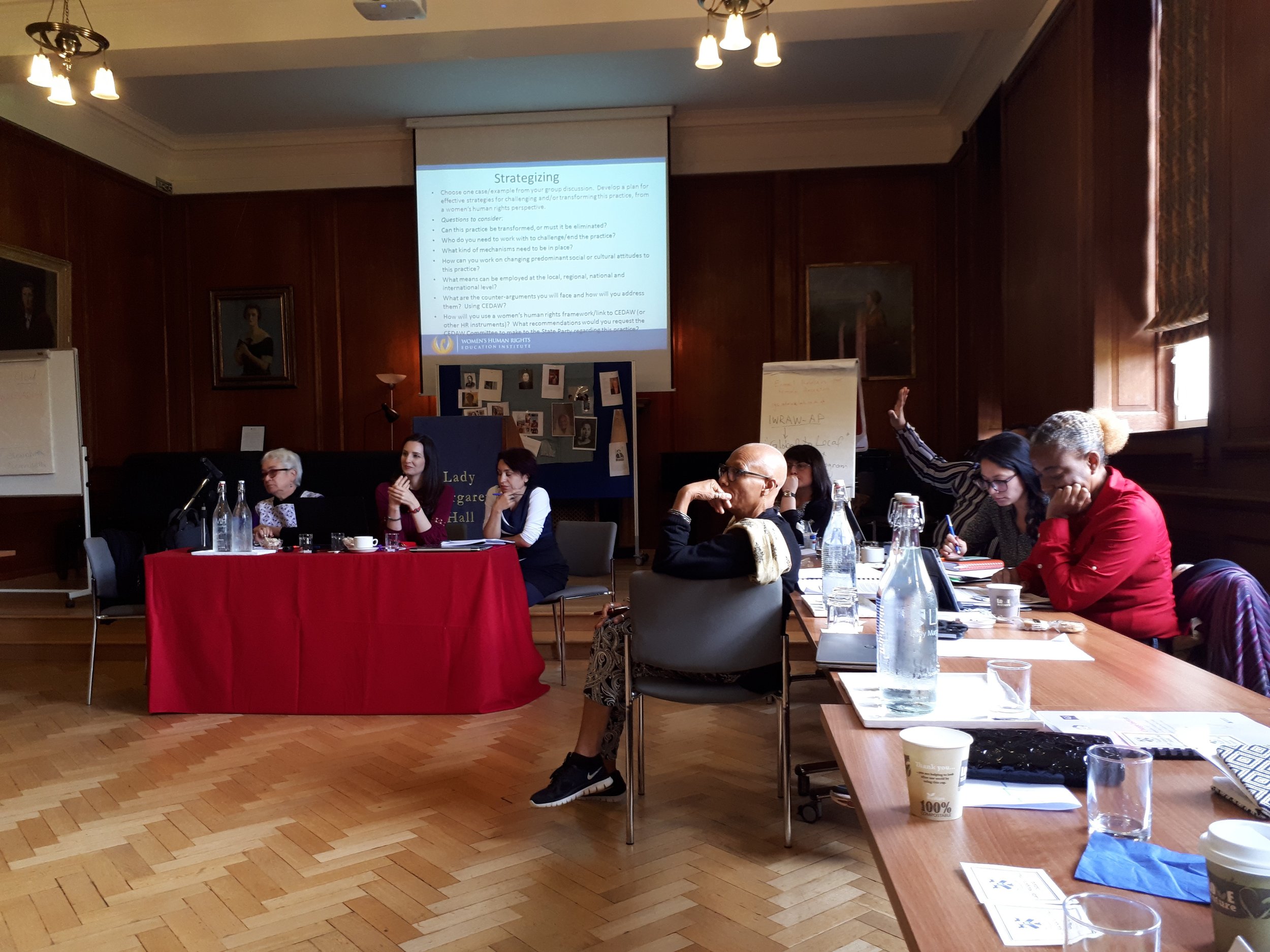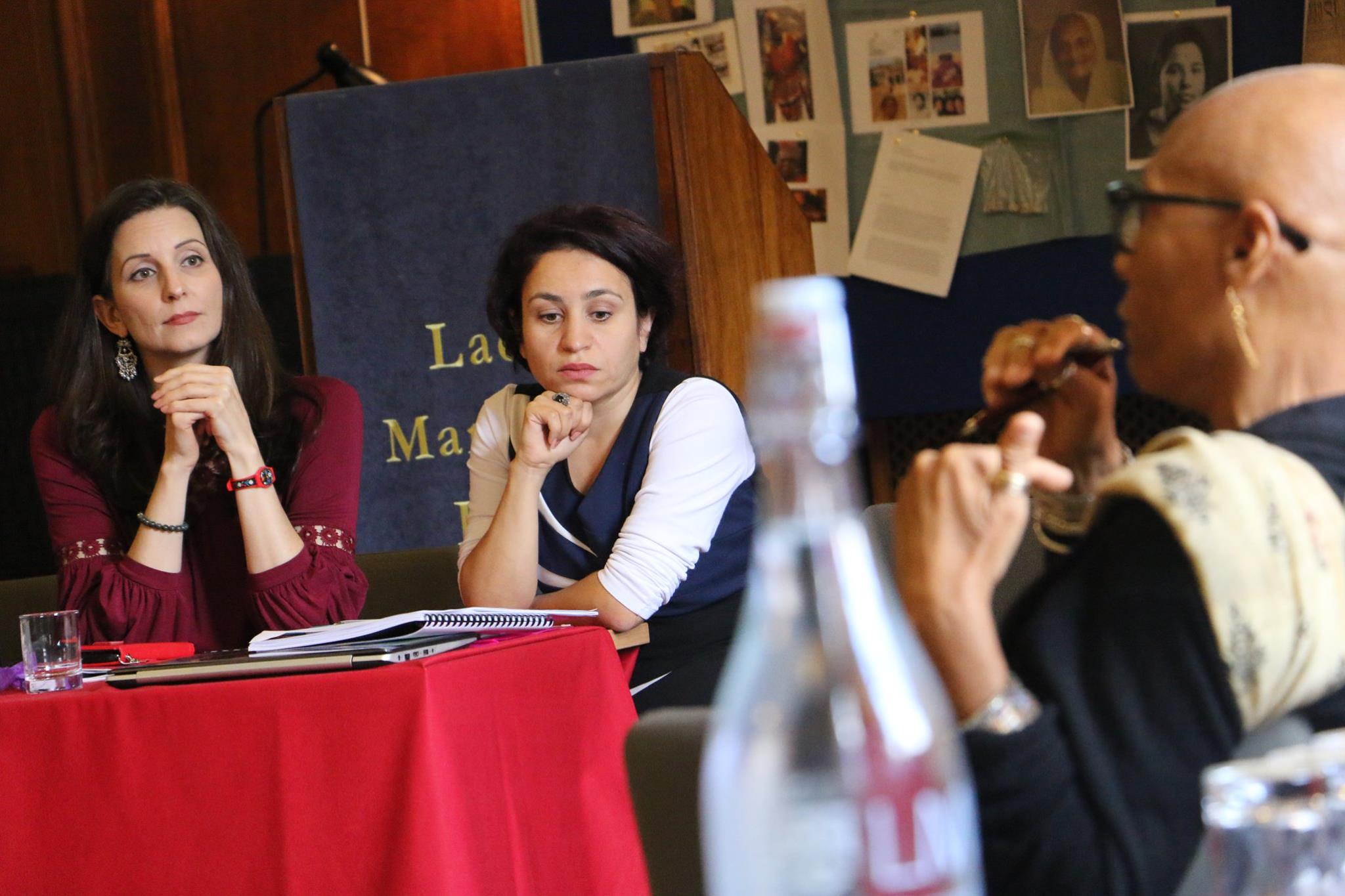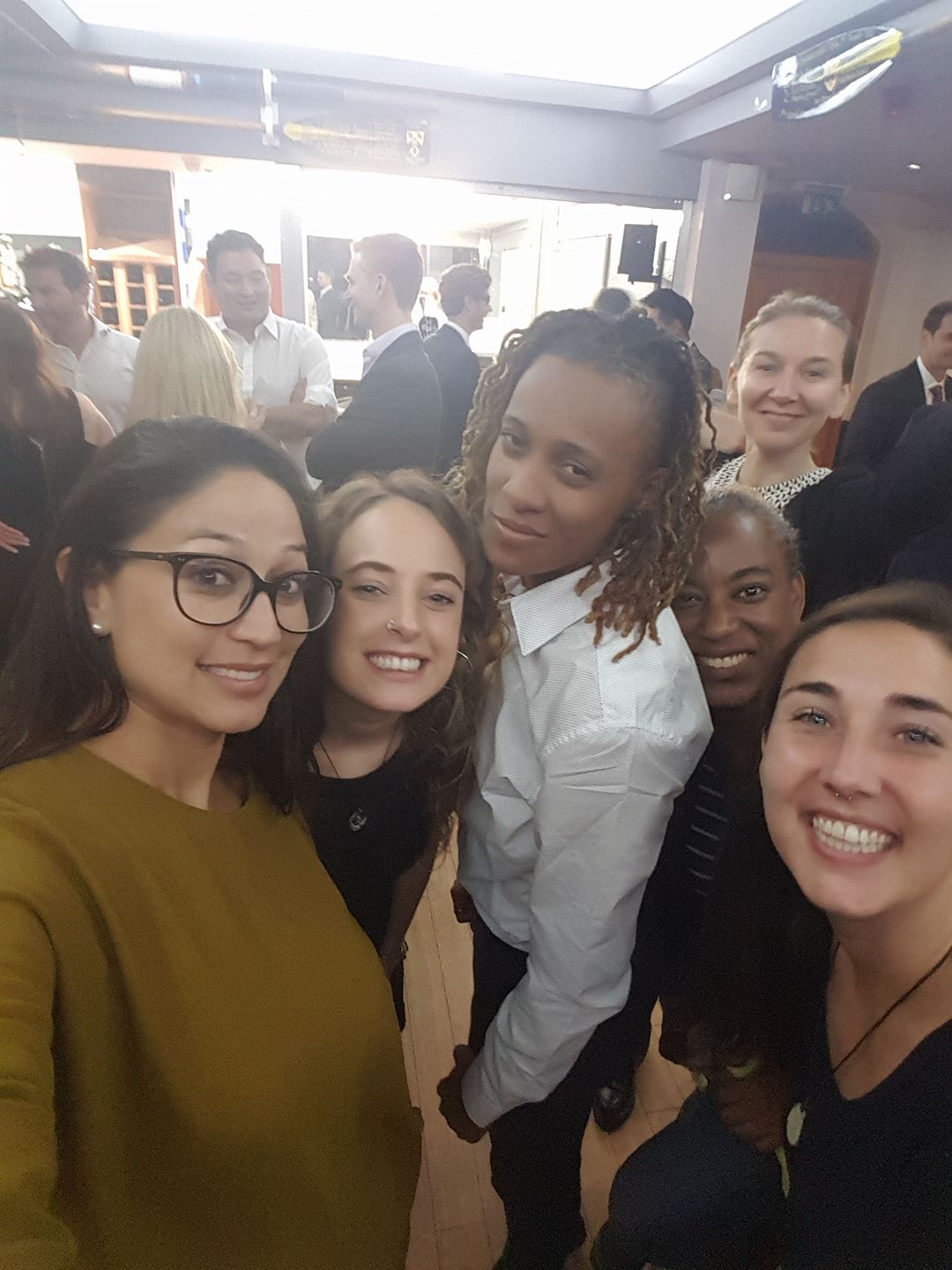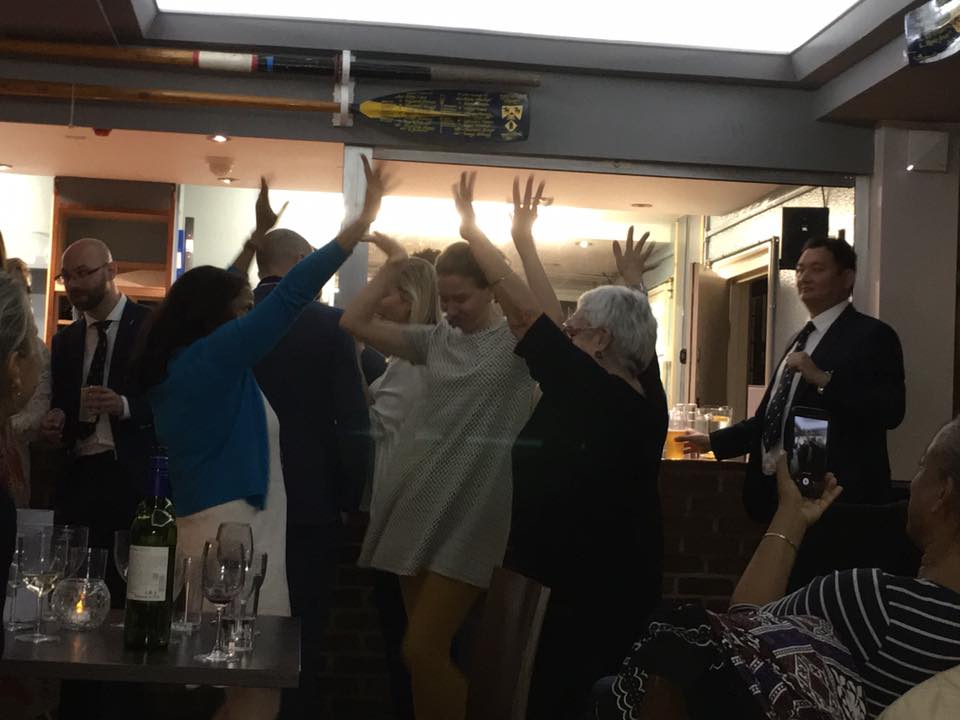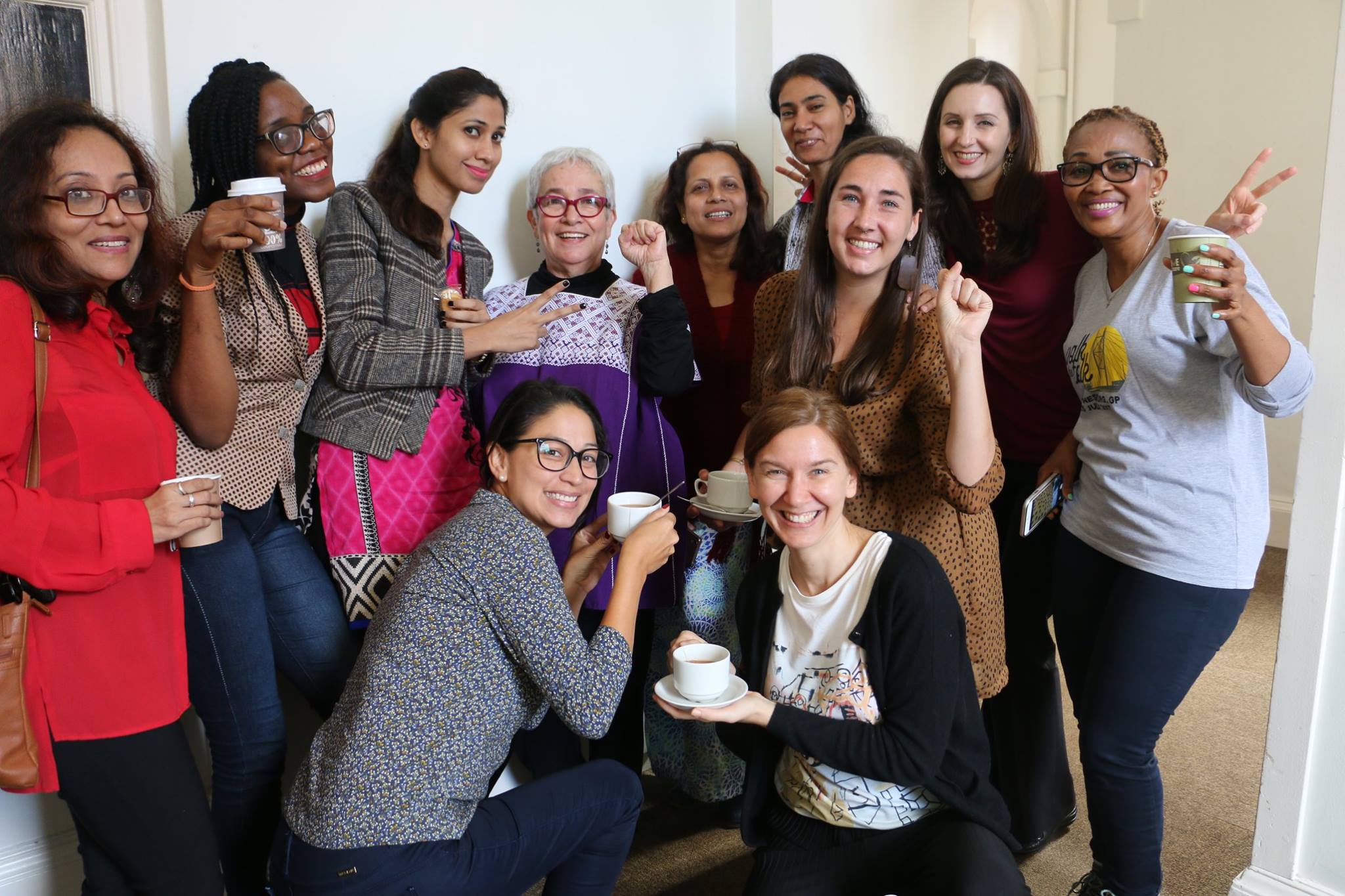CEDAW for Change
CEDAW: the UN Convention on the Elimination of all Forms of Discrimination Against Women
From September 25th to September 30th I had the pleasure of studying at the The Women’s Human Rights Institute (WHRI). WHRI’s home base is in Toronto, but they often take their course on the road making it available to a wider range of students. This year, they worked in partnership with the Women’s Solidarity Fund and the International Gender Studies Centre at Lady Margaret Hall to bring the CEDAW for Change course to the University of Oxford.
It was an amazing experience to learn about something I am so passionate about with such a diverse group of women. We were a group of 28 participants, representing 21 different countries, and the course was run by 3 facilitators from 3 different countries. It was a great mix of experience, perspective, history, and feminisms.
We covered so much ground in the week we were together and learned about many different programs running all over the world. I think the best way for me to write about this course, is to share a few of the things I learned and the ways I hope to use the CEDAW Convention moving forward.
The UN Structure
I entered this course with no background knowledge of CEDAW and almost no background info on the UN itself. Of course, I knew of the UN and I had read many different news articles about it, but I didn’t realize how little I really knew about the UN until I took this course.
The UN is so much more than what we hear about in the news. To get an overview, you can read the UN System Chart here. On that chart you will see the General Assembly, from there look to the Subsidiary Organs heading. Under the Subsidiary Organs heading you will see the Human Rights Council. It is under this council that the CEDAW convention is found. CEDAW is a Human Rights Treaty that is monitored by the CEDAW Committee.
Understanding which area of the UN fits best with your advocacy work is critical to making effective use of their tools and systems.
Engaging with CEDAW through Shadow Reports
We were given so many different tools and ways to engage with CEDAW as a living, breathing document. But for me, the most exciting thing I learned about was the the shadow reports. To explain shadow reports, I need to step back and explain a bit about how the CEDAW convention is monitored.
All countries who have ratified CEDAW are to be reviewed by the CEDAW committee every 4 years. When it is a country’s turn to be reviewed, they are asked by the CEDAW committee to submit a report on how they are upholding their commitment to CEDAW. Of course, governments often try to make themselves look like they are doing better than they actually are. This is where the shadow reports come in. Shadow reports are reports put together by NGOs, non-profit organizations, and organizations working in the areas of women’s human rights. This report puts forward the main issues that the NGOs and CSOs (Civil Society Organization) want to see addressed by their government.
During the review session the CEDAW Committee will consider both the government submitted report and the shadow report. From BOTH of these reports, the CEDAW Committee will develop its recommendations to the government being reviewed (called the State party in UN language).
Keep your eyes on the Feminist Alliance for International Action (http://fafia-afai.org), and the Women’s Human Rights Institute (http://learnwhr.org/) to learn when Canada is up for review next. It should be in the year 2020, however dates do change/get pushed back often.
Engaging with CEDAW year round
If you were getting excited to engage with CEDAW, don’t worry, you don’t have to wait until the next Canadian CEDAW review in 2020! There is so much more that can be done with CEDAW before then.
One of the main ways I hope to get involved with CEDAW before then is by working to publicize the convention itself. Once a government ratifies CEDAW, it is their responsibility to publicize the convention and let their citizens know about their human rights. Unfortunately, this work is very rarely done and often falls to the NGOs and CSOs.
Publicizing of CEDAW can be done through social media campaigns, art, community outreach, running workshops, and so much more! A great example comes from a feminist membership organisation in Scotland. They produced a short video explaining what CEDAW is and how it can benefit women in Scotland. It has over 10,000 views! You can watch that video here.
It is powerful when people learn that they have laws and systems set up to protect them. Ensuing women know that CEDAW exists and is here to protect them is important and urgent work.
It was such a great experience getting to learn about CEDAW with so many inspirational women. It is so easy to become discouraged when working in advocacy, but after hearing about so many unique projects and success stories, I feel energized and excited to keep making change!
What to learn more about CEDAW? I suggest you start by reading the full convention which you can find here.
CEDAW is based on 3 main principles: substantive equality, non-discrimination, and State obligation. If you want to learn more about these, UN Women has explained these principles in 3 short videos that I’ve linked below:
Substantive Equality: https://www.youtube.com/watch?v=rI8lNB-XMIk
Non Discrimination: https://www.youtube.com/watch?v=OBdDB5PKrmk
State Obligation: https://www.youtube.com/watch?v=umETapJ4b8o
You can also check if your country has ratified CEDAW here: http://indicators.ohchr.org/
If you are curious about taking the course yourself, all the info can be found here: http://learnwhr.org
A few pictures from the week!




